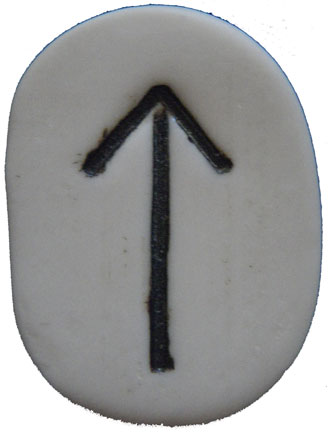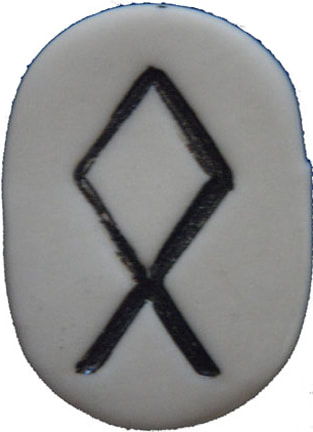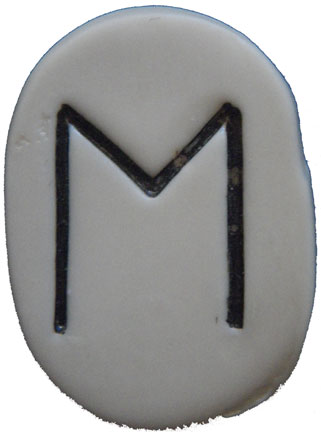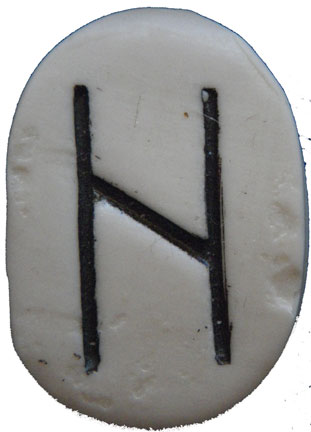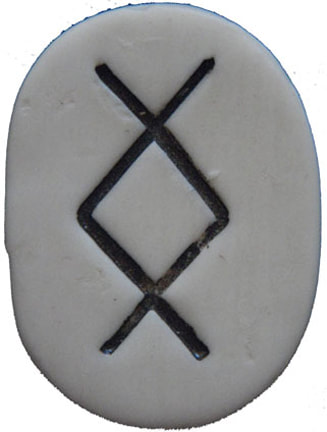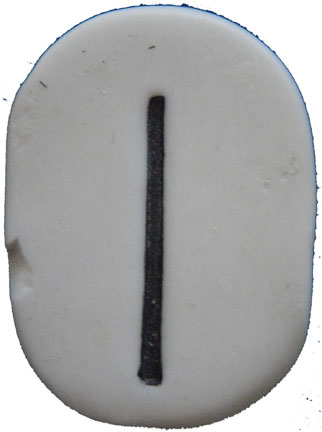In ‘3 notes’, the performer is tasked with an objective typically reserved for a computer. That is, take whatever comes through your circuits, and apply this set of instructions to them. instead of a specific data set however, it’s 3 notes chosen by the performer.
Based on the runic descriptions in the original RuneScore 20, the runes of ‘3 notes’ were given one the following properties:
Generative: These runes prompt the selection of notes, or the addition of new notes to your ‘set’
Transformational: These runes prompt some kind of action or process to be applied to the generated notes. Typically this is in the application of rhythm, and transposition.
Combinatorial: These runes force the combination of two generative, or transformational runes.
Based on the runic descriptions in the original RuneScore 20, the runes of ‘3 notes’ were given one the following properties:
Generative: These runes prompt the selection of notes, or the addition of new notes to your ‘set’
Transformational: These runes prompt some kind of action or process to be applied to the generated notes. Typically this is in the application of rhythm, and transposition.
Combinatorial: These runes force the combination of two generative, or transformational runes.
|
Rune Descriptions/Time Structuring:
Interpretation: darkening, valid, notice from a place of not knowing, decide on something (three notes) and treat it as valid.
Interpretation: strength, ground, chrysalis provide a foundation for the work by generating recognizable “seeds”; motivic arpeggiations of the notes that were chosen. Strengthen them through repetition. Transpositions of a fifth and/or and octave are allowed.
Interpretation: | shadow, magnetizes, setbacks, nets | restrict your sound combinations to only the original three notes, play all permutations of the three notes at increasingly faster tempi and rhythms
Interpretation: | imitate, wind | transpositions offered in the fertility rune are returned to the set of notes, and the rhythmic changes of the constraint rune are applied.
|
|
Interpretation: | gift, notice, dance, flow, seeking, interplay | a strict rhythm is applied. Either 8th notes or 8th note triplets.
Interpretation: | press, forward, water, fruit | you are to hold a transposition of your original 3 notes in the extreme range of your instrument. This rune has only a brief window in which it is not overshadowed by other runes, and is at the mid point of the work: the brief moment of repose an allusion to “water” along a journey, or the “fruits of one’s efforts”.
|
Interpretation: | intermixed, test | the ‘ defense’ rune (see below) is ‘ tested’ with the introduction of the fermata to the regular repetitions provided by the partnership rune.
Interpretation: | gradual | A new set of notes is chosen that are +/- 1 semitone away from the originally chosen 3 notes. Gesturally, the notes played during this time are contrary to the opening rune (soft versus loud, and no imperative to play all of the notes in the set).
|
|
Interpretation: | development, integrate | gestures of movement and opening are combined.
Interpretation: |foster | the set of notes generated in the first instance of the movement rune are expanded through the introduction of all notes that lie within +/- 2 semitones of the original 3 notes.
|
Interpretation: | slow, tranquility | gestures of movement and partnership are combined. The player is tasked with maintaining a pulse at 60bpm, the slowest indication in the work.
Interpretation: | ears, jolt, missed | a rpeggiations from low to high along all any subset of all notes chosen throughout the work. Opening rune, both instances of the movement rune, and all transpositions of a fifth and an octave are permitted. ( just in case you missed some combinations)
|
|
Interpretation: | river, shoots | repeat one of the original 3 notes a great many times in rapid succession, and at a loud dynamic.
|
Interpretation: | end, beginning, leap | restate the gesture of the opening rune after altering the playing or timbral situation of your instrument. {S ome examples: Removing segments of a clarinet, striking along the strings of a piano, laying weights along piano keys and striking lower octaves, detuning your cello, turning off/on or otherwise adjusting the effect settings of your synthesizer. etc…}
|





